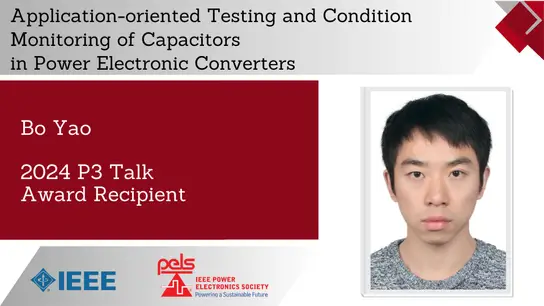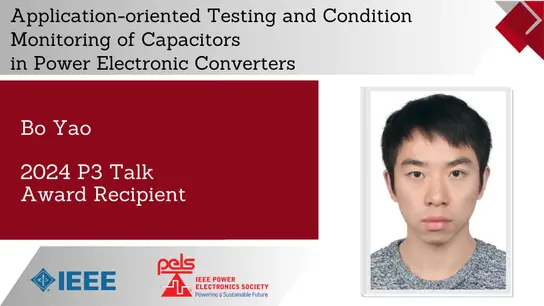-
Members: FreeSSCS
IEEE Members: $11.00
Non-members: $15.00Length: 24:32
24 Jun 2020
Abstract:
In large SoC’s, data converters take a dominant position both from a performance point of view as well as from an energy consumption point of view. The past two decades have shown a strongly intensified search for more power efficient data converters, in particular power efficient ADCs. This presentation will focus on power efficiency of Nyquist-rate ADCs and discuss what has been proposed in open literature to reduce the energy consumption, both from a circuit point of view as well as from an architectural point of view. To get a good grasp of how circuit and architectural choices affect the power consumption, a method will be introduced that allows a quick estimation of the power consumption of an ADC, based on the required SNDR, the sampling frequency, the used technology as well as the chosen ADC architecture and circuit implementations. The proposed method enables a comparison based on these choices and can show what their impact is on the power efficiency, without going through the elaborate design of several architectures. It also shows which recent inventions made a large impact on power efficiency and how these inventions can also be of use in other architectures than the ones they have been introduced in.
In large SoC’s, data converters take a dominant position both from a performance point of view as well as from an energy consumption point of view. The past two decades have shown a strongly intensified search for more power efficient data converters, in particular power efficient ADCs. This presentation will focus on power efficiency of Nyquist-rate ADCs and discuss what has been proposed in open literature to reduce the energy consumption, both from a circuit point of view as well as from an architectural point of view. To get a good grasp of how circuit and architectural choices affect the power consumption, a method will be introduced that allows a quick estimation of the power consumption of an ADC, based on the required SNDR, the sampling frequency, the used technology as well as the chosen ADC architecture and circuit implementations. The proposed method enables a comparison based on these choices and can show what their impact is on the power efficiency, without going through the elaborate design of several architectures. It also shows which recent inventions made a large impact on power efficiency and how these inventions can also be of use in other architectures than the ones they have been introduced in.
Primary Committee:
SSCS


